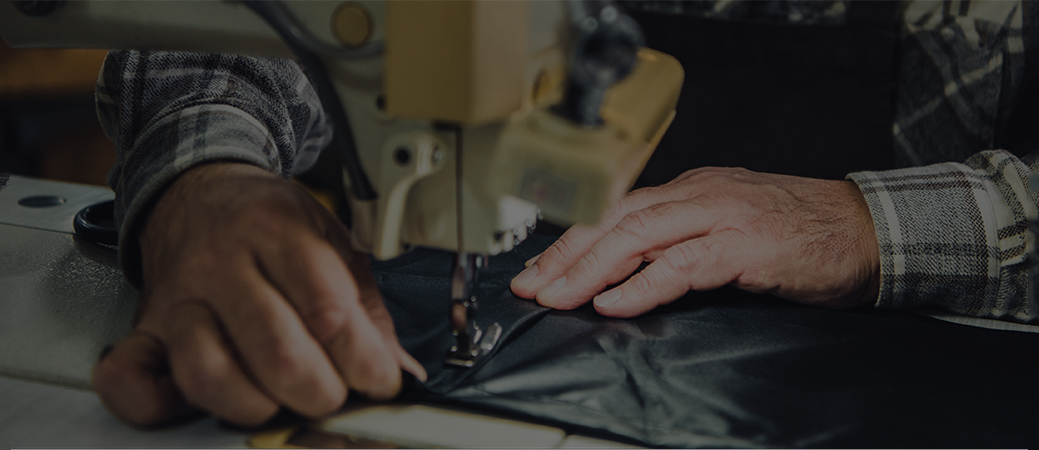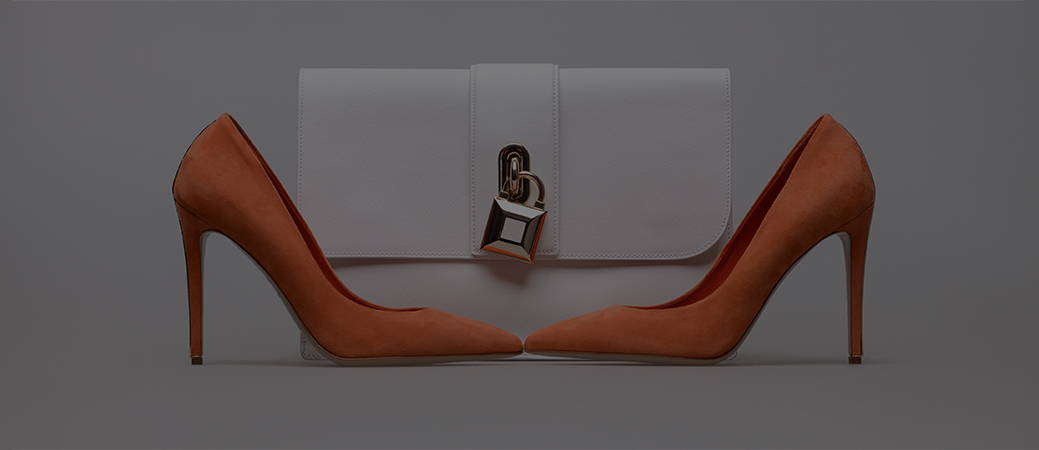Introduction
When it comes to crafting exquisite leather footwear, the construction method employed plays a crucial role in determining its durability, comfort, and overall quality. Among the various techniques used in the industry, three prominent methods stand out: Blake Stitch, Goodyear Welted, and Cemented construction. Each method possesses distinct characteristics that appeal to different preferences and requirements. In this comprehensive analysis, we will delve into the pros and cons of these construction techniques, providing insights that will help you make an informed choice when selecting your next pair of leather shoes.

Image of an artisan working on an intricate shoe design.
Blake Stitch Method
The Blake Stitch construction method is a popular choice among footwear aficionados for its sleek appearance and flexibility. This technique involves stitching the upper directly to the insole using a single continuous thread that passes through the outsole as well, creating a clean and minimalistic aesthetic. Here are the pros and cons of the Blake Stitch method:
Pros
- Flexibility: The absence of a welt in this construction method allows for greater flexibility, enhancing the shoe’s comfort and ease of movement.
- Sleek Design: The Blake Stitch technique creates a slim profile, making the shoes ideal for dressier occasions.
- Easy Resoling: Resoling is relatively straightforward with the Blake Stitch method, as the outsole can be easily removed, providing a cost-effective option for long-term use.
Cons
- Limited Water Resistance: The absence of a welt makes Blake Stitched shoes more susceptible to water penetration, limiting their wearability in wet conditions.
- Less Sturdy Construction: While Blake Stitched shoes are durable, they may not offer the same level of ruggedness as other methods like Goodyear Welted construction.
- Skilled Repair Required: In the event of significant damage, repairing Blake Stitched shoes requires specialized skills and may not always be possible.
Goodyear Welted Method
Goodyear Welted construction is renowned for its exceptional durability and versatility, making it a preferred choice for both formal and casual leather footwear. This technique involves stitching a welt—a strip of leather or rubber—to the upper and insole, creating a cavity to which the outsole is attached. Let’s explore the advantages and disadvantages of Goodyear Welted construction:
Pros
- Superior Durability: The double-stitching technique employed in Goodyear Welted construction results in exceptional strength and resilience, allowing the shoes to withstand years of wear.
- Excellent Water Resistance: The welt acts as a barrier, making Goodyear Welted shoes highly resistant to water infiltration, ensuring a dry and comfortable wearing experience.
- Easy Resoling: Goodyear Welted shoes can be easily resoled by removing the welt and replacing the outsole, making them a long-lasting investment.
Cons
- Stiffer Break-In Period: Goodyear Welted shoes often require a longer break-in period due to the robust construction, but once they conform to the wearer’s foot, they offer unparalleled comfort.
- Bulkier Profile: The welt used in this construction method adds bulk to the shoe, which may not be ideal for those seeking a sleek and minimalistic design.
- Higher Cost: The intricate craftsmanship involved in Goodyear Welted construction typically results in a higher price point compared to other methods.
Cemented Method
The Cemented construction method, also known as direct attach, is a popular choice for its lightweight and flexible characteristics. In this technique, the upper and outsole are bonded together using strong adhesives. Here are the pros and cons of the Cemented construction method:
Pros
- Lightweight and Flexible: Cemented construction offers lightweight and flexible footwear, providing a comfortable experience throughout the day.
- Cost-Effective: The Cemented method is generally more affordable compared to other construction techniques, making it an attractive option for budget-conscious buyers.
- Faster Production: The simplicity of the Cemented construction process allows for quicker production times, resulting in a faster turnaround for manufacturers.
Cons
- Durability Concerns: While Cemented shoes can be durable, the adhesive bond may weaken over time, potentially leading to separation between the upper and outsole.
- Limited Repair Options: Resoling Cemented shoes can be challenging and may require specialized skills. In some cases, the adhesive bond may make it difficult to replace the outsole, limiting repair possibilities.
- Less Water Resistance: Cemented shoes may not offer the same level of water resistance as Goodyear Welted or Blake Stitched shoes due to the absence of a welt.
Conclusion
In the realm of leather footwear construction, the Blake Stitch, Goodyear Welted, and Cemented methods each have their own merits and drawbacks. Choosing the right construction method depends on individual preferences, style requirements, and specific needs. While the Blake Stitch offers a sleek appearance and flexibility, the Goodyear Welted method excels in durability and water resistance. On the other hand, the Cemented method provides lightweight and cost-effective options. By understanding the pros and cons of these techniques, you can make an informed decision and invest in leather footwear that best aligns with your style, comfort, and longevity preferences.





